How Gartner and IDC Help Vendors Co-Opt Things They Are Unrelated To
Executive Summary
- Established vendors often find themselves on the outside of new technological developments.
- They can pay Gartner and IDC to confuse the issue and make it seem like they are part of the new thing.

Video Introduction: How Gartner and IDC Help Vendors Co-Opt Things They Are Unrelated To
Text Introduction (Skip if You Watched the Video)
A big part of what Gartner does is help defend legacy or obsolete vendors from technological change. This is an outstanding market because obsolete vendors always need “new paint jobs,” and are willing to pay a significant amount of money to have Gartner confuse their clients as to what is happening in each technological space. In this article, we will cover the example of Equinix that paid Gartner to write a report that confused what Equinix offers (which is data centers) with cloud service providers. This was done in order for Equinix marketing and sales to use Gartner’s name and credibility to deceive their customers into thinking that a data center and cloud services are the same thing or in some way complimentary. See how Gartner can be hired by any company to write virtually anything.
Our References for This Article
If you want to see our references for this article and other related Brightwork articles, see this link.
Notice of Lack of Financial Bias: You are reading one of the only independent sources on Gartner. If you look at the information software vendors or consulting firms provide about Gartner, it is exclusively about using Gartner to help them sell software or consulting services. None of these sources care that Gartner is a faux research entity that makes up its findings and has massive financial conflicts. The IT industry is generally petrified of Gartner and only publishes complementary information about them. The article below is very different.
- First, it is published by a research entity, not an unreliable software vendor or consulting firm that has no idea what research is.
- Second, no one paid for this article to be written, and it is not pretending to inform you while being rigged to sell you software or consulting services as a vendor or consulting firm that shares their ranking in some Gartner report. Unlike nearly every other article you will find from Google on this topic, it has had no input from any company's marketing or sales department.
A Bit About Equinix
Equinix is a company with $5.6 billion in revenues and 7,800 employees and is the largest data center provider, globally with 205 data and colocation centers globally.
The problem?
Data centers are more or less a thing of the past. Data centers do not have the multitenancy and other efficiencies of public cloud providers. In most cases, while a data center provides more flexibility, there is not much difference on-premises IT servers and a data center, except that the servers are “moved” to someone else’s location. For these reasons, data centers have never been all that efficient and compare the efficiency of hyperscale public cloud providers very unfavorably.

The outside of a Google data center.

The inside of a Google data center.
The topic of scale and hyperscale versus data centers is explained in the following quotation.
Public cloud facilities not only have scale, they use server components they design and contribute to the OpenCompute Project (OCP) (which means they define the hardware, as Prosumers, and don’t use the major vendors like Dell or HP), and the software is designed around resource sharing.
Many Equinix facilities are very energy inefficient in comparison to the hyperscalers but not all colocation data centres are per se. The OCP Ready facilities Hydro66 and Kao Data are perfect examples of how the Hyperscalers methods have been copied to great affect.
Also one of the other purposes of OCP is to help enterprises and colocation centers replicate the efficiencies of the hyperscaler providers by copying their methods. So OCP is trying to assist data centers to compare favorably with the hyperscaler providers. – Mark Dansie
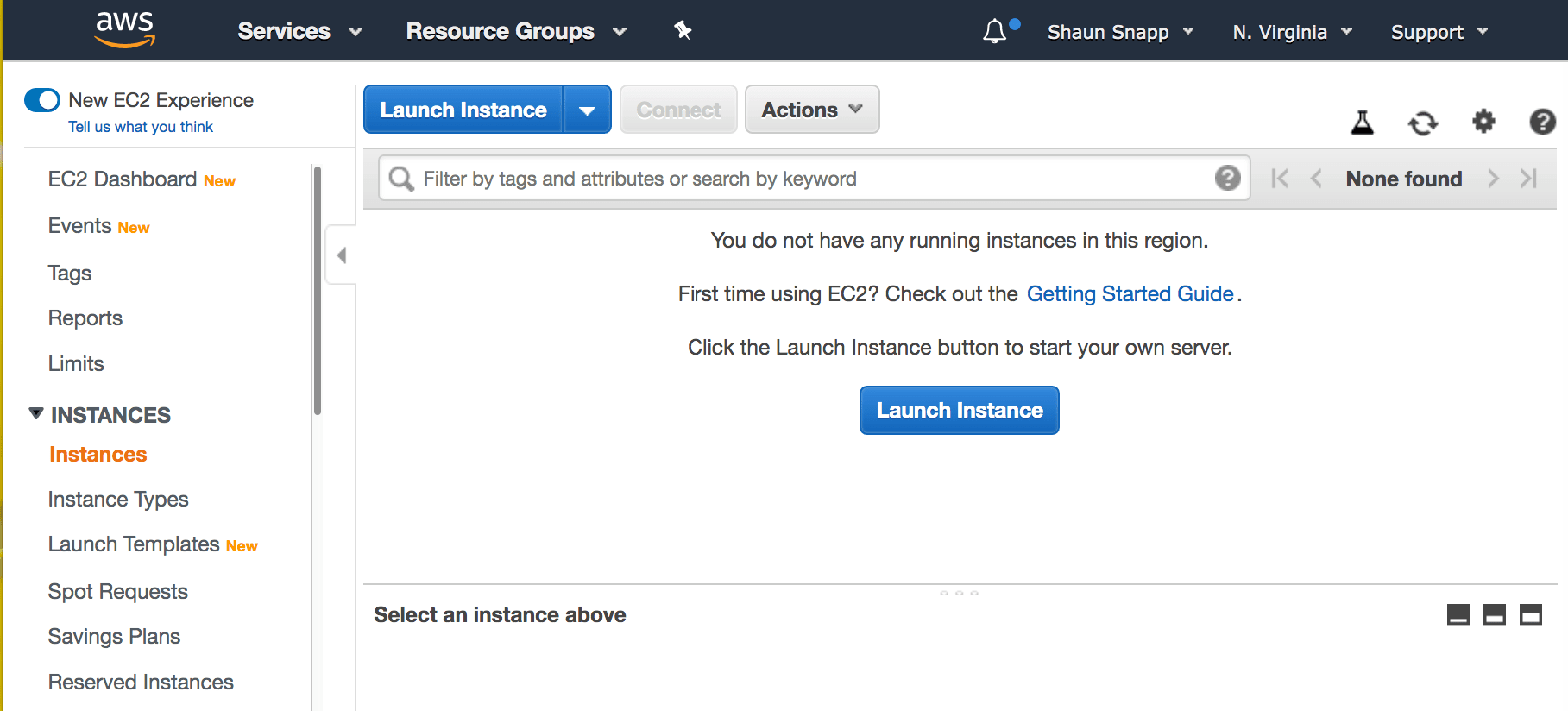
Public cloud is very different in usage and terms and conditions from data centers. While data centers require negotiated contracts, the public cloud is open to anyone with a credit card. In my AWS account, I can bring up an instance of EC2.
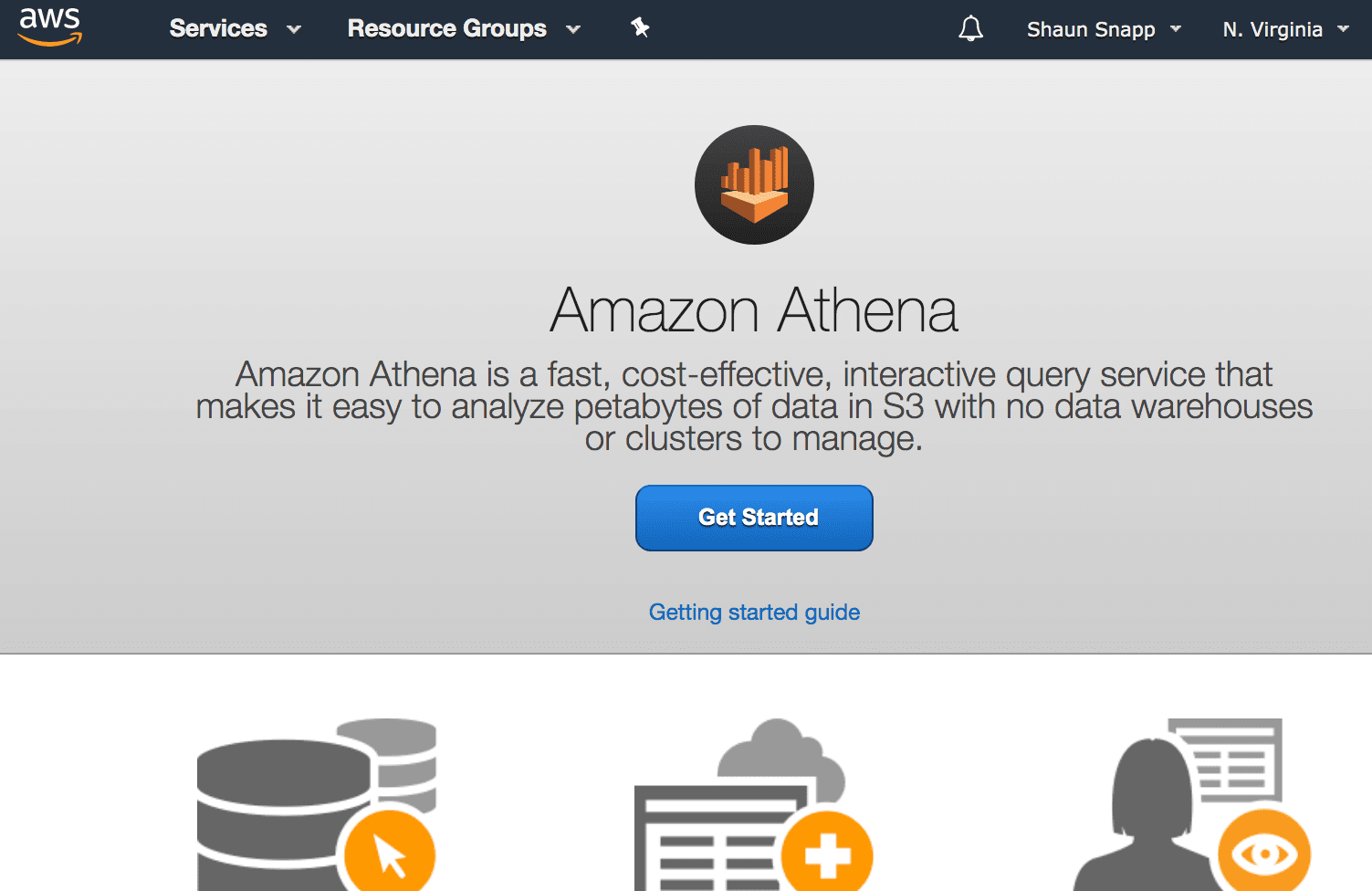
I can then bring up an instance of Athena. But then, within a day or so, delete both instances and only pay a per-usage fee. This provides a level of flexibility that does not occur in data centers. These are the reasons why almost all of the growth in the past five to ten years has been in the public cloud. Companies like IBM, CSC, and Equinix that run large data center networks offer a service from a different time. And they have large investments in the old ways of doing things. For example, IBM’s purchase of Red Hat was an attempt to rebrand itself from running “boring old data centers” to offering sexy Red Hat Open Stack (and which we cover in the article What is the Real Story of How IBM will Use Red Hat?).
And the term “hybrid cloud” is all over IBM’s marketing literature.
Why?
Because this is the only way, IBM can co-opt the public cloud, which it does not offer.
The effectiveness and scale of public hyper cloud providers is a problem, but it is from the position of anticompetitive behavior. This is a topic we cover in the article What to Do About The Extreme Monopoly Implications of Hyperscale Public Cloud Providers.
Equinix Needs a Hero

If only there were someone who IT decision-makers paid attention to, who could be paid to diminish the public cloud story. A noisy protector.
Well, Equinix is in luck because all of the major IT analysts are willing to sell their views to the highest bidder. And with $5.6B in revenue, Equinix is the highest bidder, and do they need to minimize the public cloud story.
Enter Gartner and IDC
Gartner’s report is downloadable from the Equinix website.
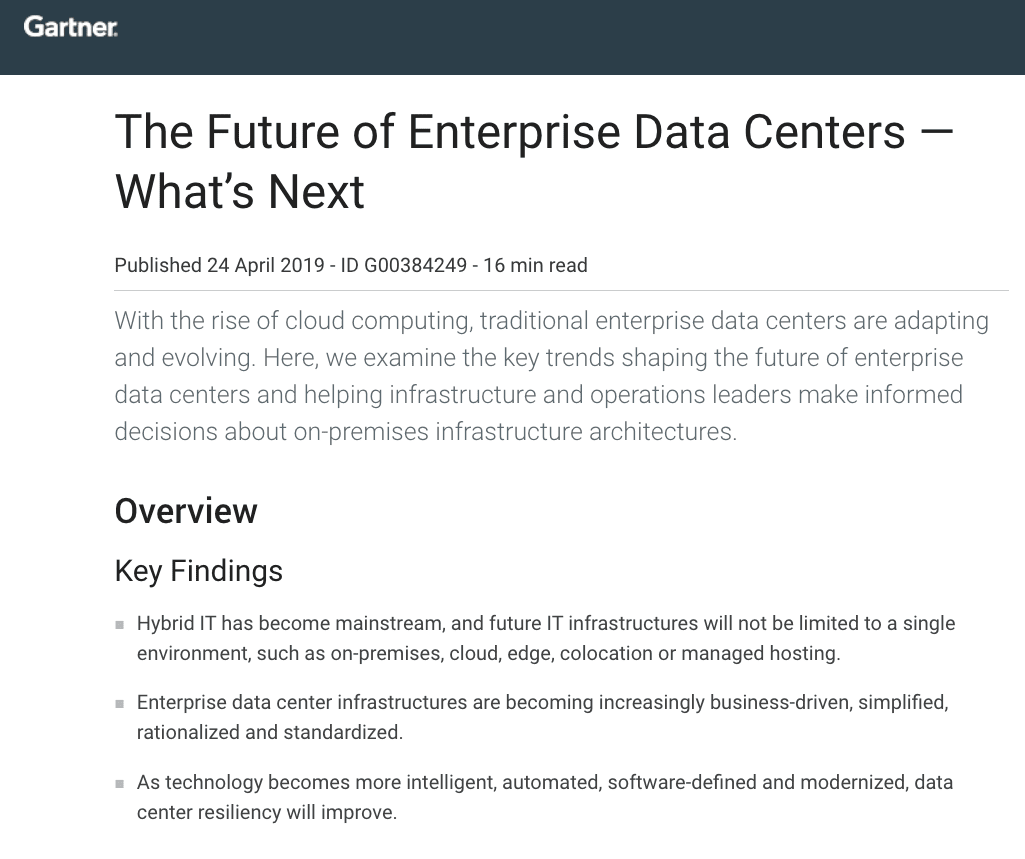
Let us look at a few of these comments.
Hybrid IT has become mainstream, and future IT infrastructures will not be limited to a single environment, such as on-premises, cloud, edge, colocation or managed hosting.
Enterprise data center infrastructures are becoming increasingly business-driven, simplified, rationalized and standardized.
As technology becomes more intelligent, automated, software-defined and modernized, data center resiliency will improve.
The first bullet point uses the term “hybrid” cloud. The term “hybrid” cloud has been a long-term misdirection strategy of those left out of the public cloud and a primary way to co-opt the cloud on-premises and data centers.
Notice how Gartner emphasizes the multitude of delivery options. There is a good reason for this. Some of Gartner’s biggest vendor customers, such as SAP, Oracle, IBM, don’t exist in the public cloud. The public cloud is also bad for Gartner, as it allows direct access to using items without paying attention to Gartner. Gartner’s primary audience is executives who may have worked with technology at some point but now mostly attend meetings.
The second two paragraphs don’t have any meaning, aside from making data centers sound like a good thing.
When I was reading up on Equinix, I found this quote from Wikipedia on Equinix’s future.
Some analysts have warned that long-term consolidation in the telecommunications industry caused by cloud will decrease demand for data center space and hurt the growth prospects of companies such as Equinix.[53]
Equinix argues that accelerated cloud proliferation and adoption, along with the emergence of cloud-dependent trends and technologies such as big data, mobile and the Internet of Things, dramatically increase the value of its core interconnection offering. – Wikipedia
Notice that this second paragraph is virtually content free. None of these things have anything to do with moving from on-premises and data centers to the public cloud.
From this comment, there is a clue that Equinix plans to “baffle the market with BS” or, put more formally, to mislead customers.
Some analysts have argued that the continued growth of the public cloud giants – such as Amazon Web Services and Microsoft Azure – would eventually lead them to abandon third-party colocation providers like Equinix, and build their own data centers and take advantage of economies of scale.[60]
In response, Equinix has positioned its facilities as meeting places where enterprises could directly access as many public cloud services as possible and build customized and business-critical applications. – Wikipedia
This strategy presented by Equinix does not make any sense to me. Equinix shows their partnerships on their webpage, which intends to reinforce this story.
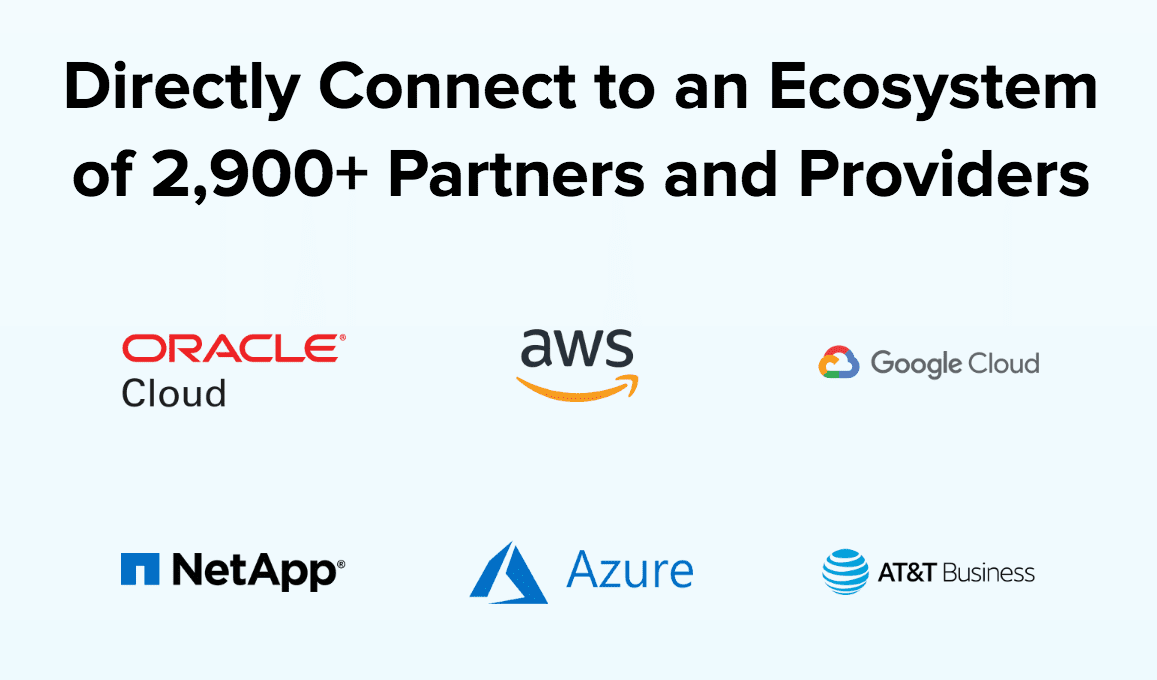
However, why do companies need to meet through Equinix? Equinix is an extra cost, but there is no reason to have a data center between the customer and the public cloud provider. Equinix grew in the time before public cloud and is trying to fit itself into the environment where public cloud providers are increasingly dominant.
But something important to note is that the identical proposal is made in the Gartner report.
The future of IT organizations lies in acting as a type of service broker as part of a broader strategy, which Gartner calls “hybrid IT.” Most organizations have already accepted this model as the standard for their future state (see “2019 Planning Guide for Infrastructure and Operations”). In line with this trend, enterprise data centers will become increasingly distributed, with applications and workloads located where they have the best fit and can deliver the best possible business outcomes.
That is curious because that is exactly what Equinix thinks.
Does Gartner actually think this also, or did Gartner repeat what Equinix wanted Gartner to say?
Gartner’s Confusing Advice
Develop a hybrid IT workload placement strategy to maximize business value by incorporating an optimal combination of IT infrastructure and services options, including on-premises, cloud, edge, colocation and hosting services.
Prioritize initiatives to build an I&O team with strong technical and decision-making skills. Hybrid IT delivery leads to multisource projects in which data center infrastructure must interoperate with a dissimilar service provider, cloud and edge infrastructures, adding portfolio complexity, with a variety of infrastructure choices and sorting options.
Build skill sets for modern data center environments by developing I&O team skills in a wide variety of tools and applications. Hybrid IT delivery leads to multisource projects in which data center infrastructure must interoperate with a dissimilar service provider, cloud and edge infrastructures, adding portfolio complexity, with a variety of infrastructure and sorting options.
Honestly, what is all of this? It is just a word salad around leveraging data centers.
I have a different suggestion—leverage public cloud services where appropriate.
When we developed and hosted the Brightwork Explorer forecast error and MRP parameter maintenance application at AWS, we did not do any of these things mentioned by Gartner. Instead, we placed the Brightwork Explorer out at AWS, as we cover in the article Brightwork Explorer as an All Cloud Solution. And that was it. Companies that have on-premises or data centers where their applications and databases are hosted should move some of the load to the public cloud. There is no “resynergizing one’s hybrid IT delivery” necessary.
Furthermore, if Gartner clients follow Gartner’s advice and keep the data center operators in the loop, it will undermine the cost savings and flexibility of transitioning some loads to the public cloud. I don’t care about Equinix or SAP, or Oracle’s views about how to use the public cloud because their views are simply about not being “cut out of the loop.”

Gartner’s Nonstop Word Salad
This type of writing continues throughout the Gartner report. Here is another example.
Start the simplification, standardization and rationalization process by creating an asset inventory of infrastructure products, people, processes and providers across the IT project portfolio. This will enable decision making around rationalizing, renovating, replacing, relocating or retiring assets and workloads (see “Simplifying Mode 1 Workload Infrastructures”).
This seems like a good time to include a video on corporate speak.
It isn’t easy to see how Gartner is doing in this report, anything different from this video.
One of the points made by Gartner is about the importance of simplification. However, placing a data center (whose purpose is unclear) between the customer and the public cloud is not simplifying. It is doing the exact opposite. Simplifying sounds good, but when a person tells you to simplify and then adding complexity, it is rational to question their motives.
Gartner continues..
Establish a basis for the placement of workloads by constructing a priority matrix for the application portfolio that delineates standard versus nonstandard applications and determines placement — on-premises, off-premises or in the cloud.
I know I am supposed to be analyzing this and presenting what it means for you, the readers, but I don’t know what this means. I actually don’t think it means anything. If it is trying to say some things should be kept on-premises and other things are better for the cloud, I don’t think this sentence is anywhere close to the best way of saying this.
And let us not rush to building a “matrix” for what is common sense to people with technical knowledge.
Gartner continues..
Map two stages of new technology adoption for tactical and specific uses and scale, and then to a more-strategic business process and service framework. Create a leadership committee with representation of architectural design, business process, organizational development, resource management and vendor relationships.
Oh boy…
The rest of the report continues in this way.
Broadly, the report says that data centers are still relevant and need to be used along with the public cloud. Much of the reports are just filler, which could be interpreted several different ways.
IDC’s Marketscope
IDC is another IT analyst who you can hire to help you improve your image. Their output was called the IDC MarketScape: Evaluation of 2019–2020 colocation and interconnection service providers worldwide, and it was also downloadable from the Equinix website.
The first thing to notice is that it is called “interconnection.” This is a meme that data centers are trying to push, that they are the conduit between customers and the public cloud. This is right on the Equinix website.
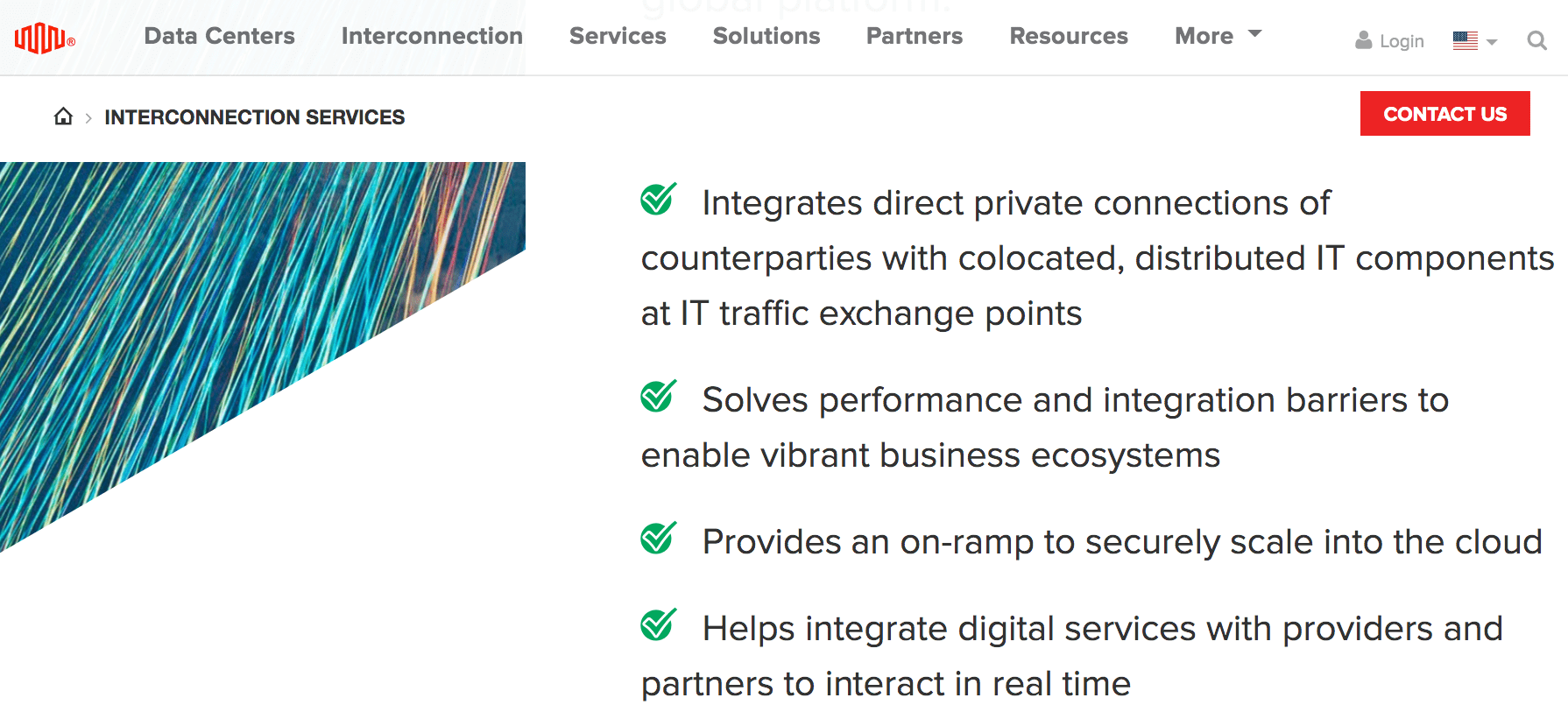
This is a new term, but it seems to be what Equinix would like to be true rather than what is true. If we look at the claims one by one..
Point #1: Integrates direct private connections with colocated, distributed IT components an IT traffic exchange points.
Is that something necessary? Why?
Point #2: Solves performance and integration barriers to enable vibrant business ecosystems.
How does a data center do this? I can use integration services like Glue on AWS — and I don’t see how Equinix has anything comparable. The public cloud providers provide inexpensive and high-quality integration capabilities. In our Brightwork Explorer, we integrate using AWS in an adapter that connects to SAP systems. We don’t need a data center for integration into our application.
Point #3: Provide an onramp to securely scale into the cloud.
Someone needs to tell Equinix that there is no extra data center required to scale securely into the cloud. This bullet has no validity.
Point #3: Help integrate digital services with providers and partners to interact in real time.
This is just a restatement of point #2. It makes digital services, which are more of a buzzword than anything different. Secondly, adding a data center between the public cloud and the customer does not reduce latency. In fact, it is the opposite.
My analysis of Equinix’s interconnectivity construct is that it does not have validity. Therefore, why is IDC naming its Marketscape “interconnectivity?
The answer to that question is easy.
Just look at who is included in the Marketscape.
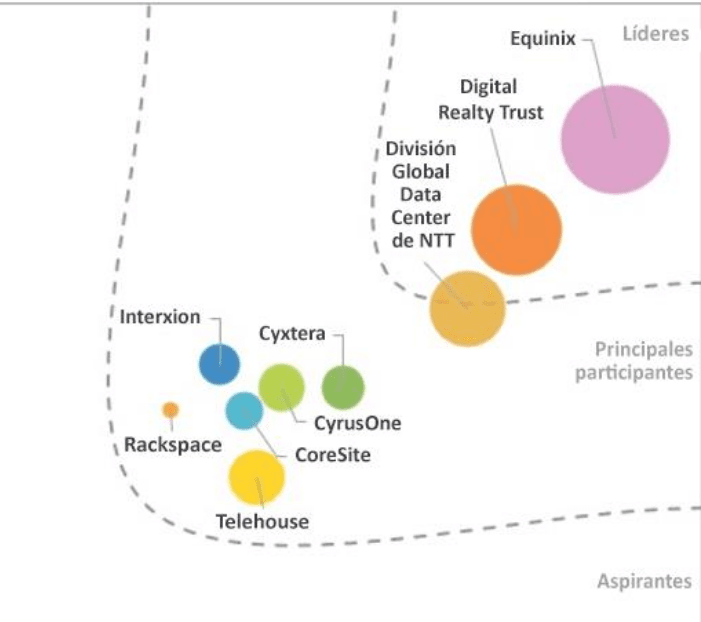
Every one of these vendors wants to reframe itself as being relevant for the public cloud. They want readers to think that interconnectivity for data centers is a thing.
Overall there is little interest in the IDC Marketscope. It is more of a listing of what the sector does, and none of the other participants are included in the Marketscope provided by the Equinix version of the document. This means that readers cannot compare anything stated by IDC about Equinix versus the other competitors. Apparently, according to Equinix, the only thing readers are supposed to know about other providers is that Equinix is the best.
How to Established Entities Coopt Better Offerings
This is commonplace among incumbents. And it is not only restricted to the data center market. For example, in the US, fast food places have upgraded their appearance.
Why?
Because of high-level competitors that offer a better experience and better quality food. Starbucks, Chipotle, etc.. So these low-end food places upgraded their aesthetic, but the food is still the same.
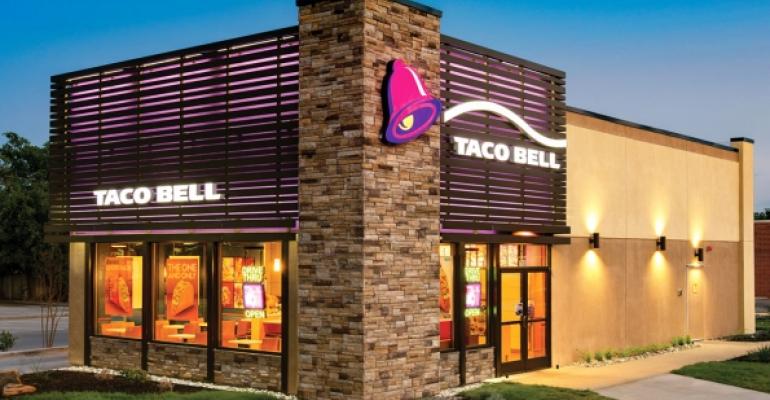
If you live in or have visited the US recently, you may have noticed that all of a sudden, the fast-food restaurants don’t look the same. They have adopted an upgraded appearance — but the food on the inside and the service are the same. Giving yourself a refreshing is how you coopt without adjusting the core of what you do or what you offer.
This is explained in the following video.
Using Gartner and IDC to Stay Relevant by Paying Them to Create Cooption
A vendor can use Gartner and IDC to say, “look, we are still relevant, and we are with the times,” And Gartner and IDC will do it. This is my proposal, Gartner nor IDC do not care what is true. They backward engineer the content from how the money comes in. Their main objective is to make a lot of money.
This might be reasonable in some contexts (although profit maximization often leads to bad quality food, as with McDonald’s). Still, it positively kills research because what is true is not going to be profit-maximizing.
Plus, Gartner and IDC have a lot of leverage over vendors.
As neither Gartner nor IDC cares what is true, they can “create truth.” And it can be whatever Gartner and IDC want it to be. So vendors know they better “pay up” because Gartner and IDC can be relied upon to not side with the truth.
Conclusion
Having read many Gartner Magic Quadrants and IDC Marketscapes, they are simply arrangements between the vendors and the IT analysts. There is no research benefit to these creations. In this case, Equinix used both Gartner and IDC to tell a story regarding how they are still relevant. Both Gartner and IDC copied the messaging from Equinix marketing. Once again, it would be interesting to know how much Equinix paid these Gartner and IDC to publish this output. But the major IT analysts serve a major role in helping established entities seem relevant, even when technology has moved on.